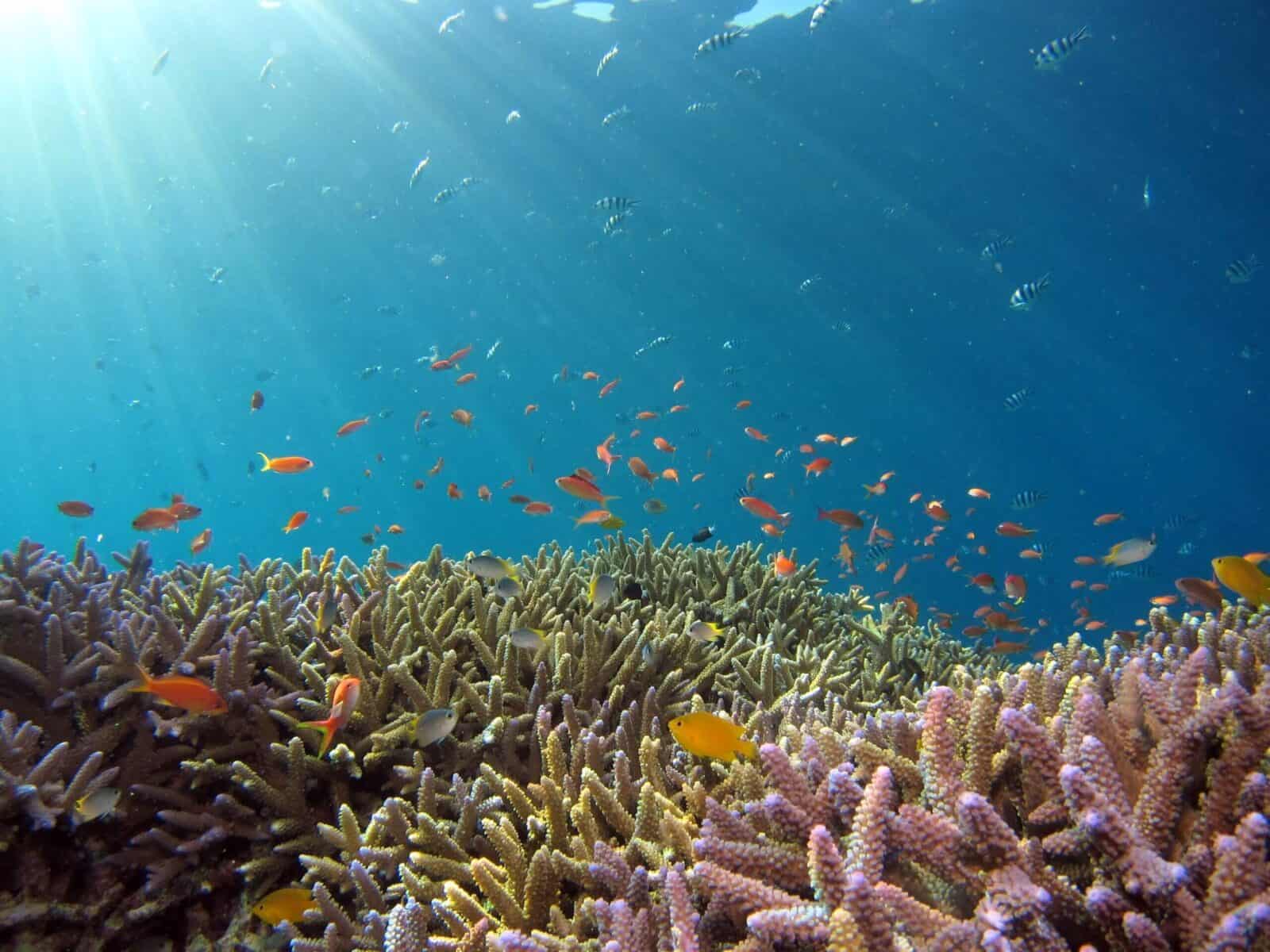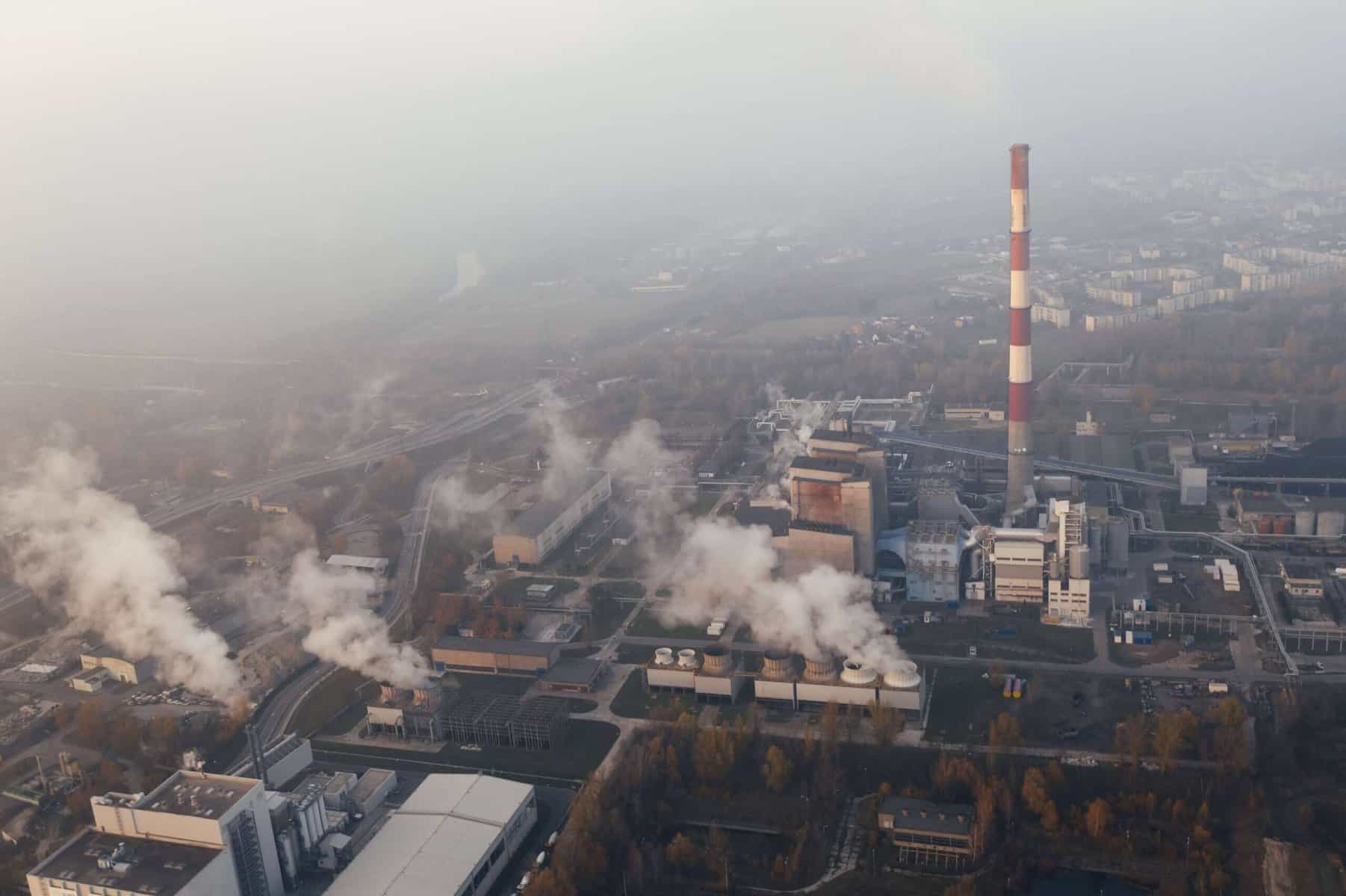Image Credit – Hiroko Yoshii
The Great Barrier Reef has recorded the highest amount of coral cover in 36 years. This is a sign that the Reef could recover from mass bleaching. Mass bleaching occurs when coral is put under significant stress, causing microscopic algae that lives in the coral tissue to be expelled. Without the algae, the coral loses its colour and becomes transparent, exposing its white skeleton.
Coral bleaching is a result of several variables. It is predominantly caused by rising ocean temperatures as a result of climate change. During summer, temperatures in Australia can skyrocket, a temperature increase of just 1 Celsius for 4 weeks or more can have an adverse effect on the coral. If this continues for 8 weeks or more, the coral begins to die off. Changes in the ocean’s water quality can also affect coral bleaching as well as low tides, increased UV radiation from sun exposure and human-produced chemicals such as sun cream. However, coral reef suncreams are available, which have fewer chemicals and are therefore less damaging to the sensitive coral.
The unprecedented amount of coral coverage is a sign of hope that The Great Barrier Reef is able to recover from mass bleaching. Nevertheless, this progress can be easily reversed by climate change.

09/09/2022





